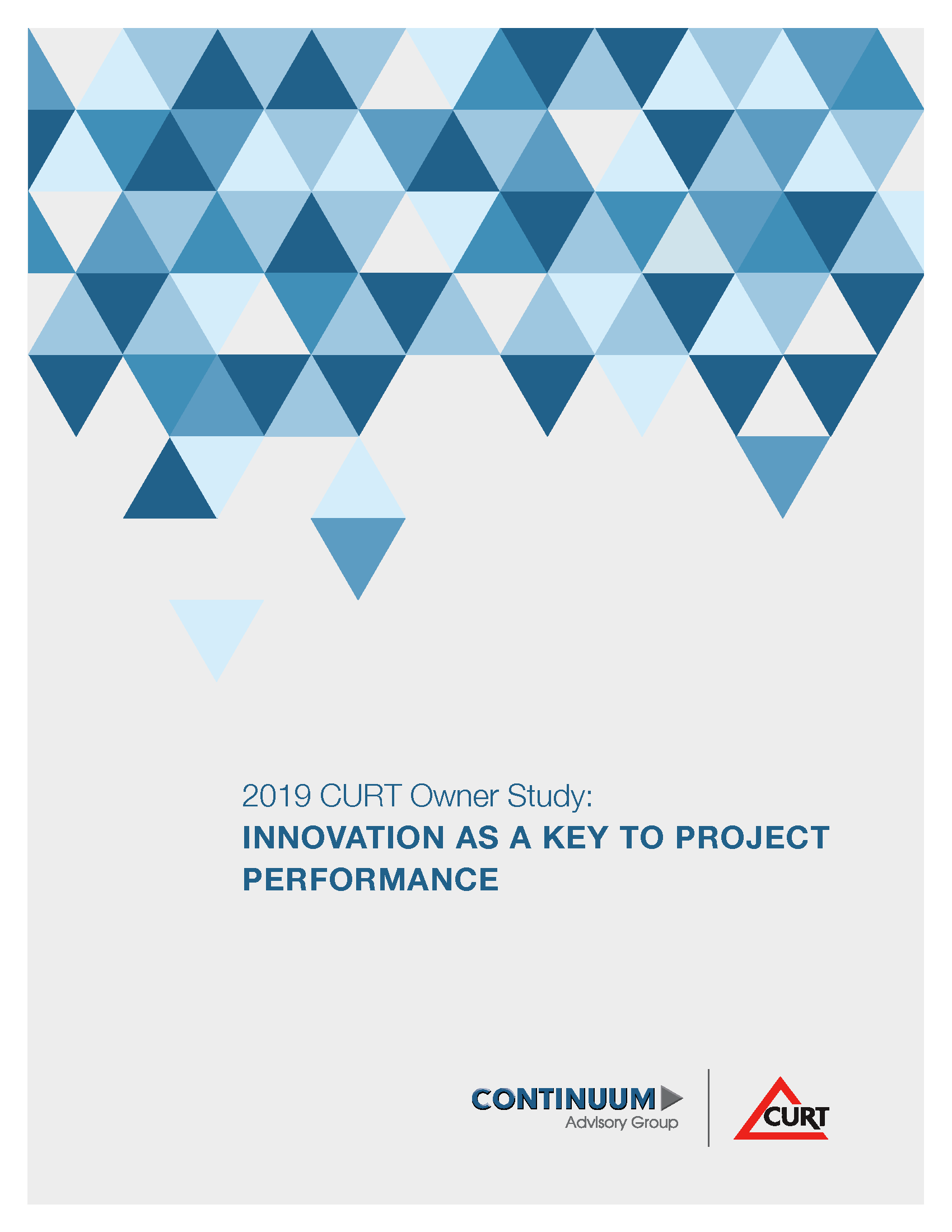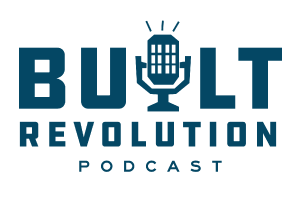Innovation is a term on the brink of overuse. It is used to describe major…
The Importance of Alignment
One of the core beliefs of Continuum Advisory Group is alignment. Put simply, alignment is all stakeholders in an organization being on the same page. Sometimes its scope is smaller – a two-person partnership, a business unit, or a project team – but the ideas of uniformity and consistency remain the same.
In construction, such alignment is particularly important. Our projects require communication with dispersed internal departments and external vendors, many of whom don’t operate within the same processes.
Today we’re discussing a successful story of alignment, this one from the petrochemical sector. It comes courtesy of Petrochemical Update, and begins in Mexico.
The Situation
Etileno XXI is a petrochemical plant in Veracruz, a state on the Eastern coast of Mexico. The plant currently produces polyethylene, the most common plastic. But years ago, it began as merely an idea, one that would revive Mexico’s petrochemical industry.
The project was complex from the start. It was led by Braskem IDESA, based in Brazil but a major player throughout Latin America. But with contractors and stakeholders from Odebrecht (Brazil), Technip (France/Italy), and ICA Fluor (Mexico), the project was far bigger than them. The $5.2 billion project required a large amount of new construction and infrastructure.
The Issues
Right away, red tape became the biggest issue. The duality of a tight timeframe and financiers to appease presented issues; how do you assess the formality important to corporate suits while also moving foremen and workers on the ground?
Speaking of the frontlines, unpredictable weather showed its worst face. 17,000 workers of 29 different nationalities all worked on the project, a prime environment for miscommunication and tension. A tight schedule also required workers to build around “hot zones” that were already energized.
How Alignment Addressed Them
A key aspect of the project was a “steering committee” comprised of C-suite members from all stakeholders. This committee met once a month on-site at the project and spoke personally with crews and foremen on the ground. Not only did it give executives a better understanding of the project’s needs, but it boosted morale on the front lines. Project alignment went from the bottom to the top.
There was also the handover of the plant from the EPC to operators once it was ready, a process three years in the making. Both the operators and EPC selected the plant’s personnel together, disregarding allegiances or corporate pride in the name of picking the best people for the job.
Years later, Etileno XXI opened without a hitch. Zero fatalities, zero lost-time injuries, and international recognition in the form of a DuPont Safety Award. This is the power of alignment, bringing together disparate forces to create something useful and powerful.
Alignment Within Your Organization: A Study
Team alignment was one of the key factors cited by both owners and A/E/C firms in our recent study on what differentiates high-excellence organizations and projects. Think back on recent projects you’ve been involved in. How would you rate the alignment of the team? Is it something you put up front effort in to? Was it measured along the way? Building alignment among all stakeholders is arguably the most important thing that should be addressed during team formation.
For a full copy of our recent 2017 CURT Owner Trends Study, CLICK HERE.
For more information on how to build highly integrated and aligned teams, email us at: [email protected].


